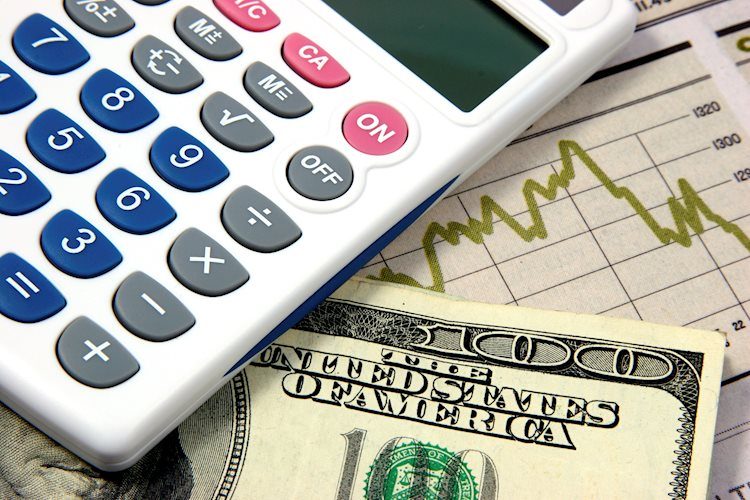The US Dollar has softened after the ECB announced a rate cut, with growth forecasts revised down through 2026. This could lead to more rate cuts from the ECB, widening the rate gap between Europe and the US. In the US, data came in as expected, with the Producer Price Index and Weekly Jobless Claims meeting expectations, supporting the Greenback.
The ECB’s rate decision and slashed growth forecasts painted a bleak picture for Europe’s economy, potentially leading to more rate cuts. In the US, Weekly Jobless Claims and the PPI for August were released, with Initial Claims slightly higher than expected and Continuing Claims ticking up. The US Treasury is set to auction a 4-week bill and a 30-year bond, while equities are seeing European stocks give up gains.
The CME Fedwatch Tool shows an 87.0% chance of a 25 bps rate cut by the Fed in September, with expectations of further cuts in November. The US 10-year benchmark rate trades at 3.66%, off a 15-month low. The US Dollar Index is testing higher levels, with potential resistance at 101.90 and a stronger Dollar expected as rate differentials widen between the US and Eurozone.
Understanding risk sentiment is key in financial markets, with “risk-on” and “risk-off” periods dictating investor behavior. In “risk-on” markets, investors are optimistic and buy risky assets, driving stock markets and commodities higher. In “risk-off” markets, investors seek safer assets such as Bonds and Gold, and safe-haven currencies like the US Dollar, Japanese Yen, and Swiss Franc strengthen.
During “risk-on” periods, currencies like the Australian Dollar, Canadian Dollar, and New Zealand Dollar tend to rise due to increased demand for commodities. In contrast, during “risk-off” periods, major currencies like the US Dollar, Japanese Yen, and Swiss Franc are preferred for their safety and capital protection. Understanding these dynamics can help investors navigate volatile market conditions.











